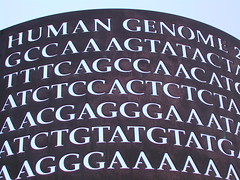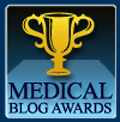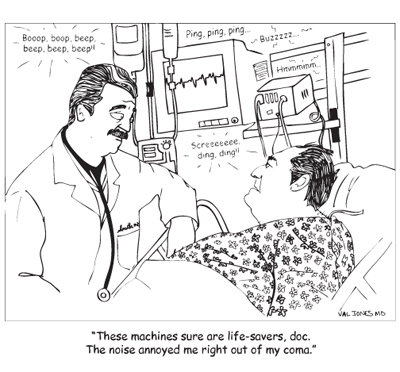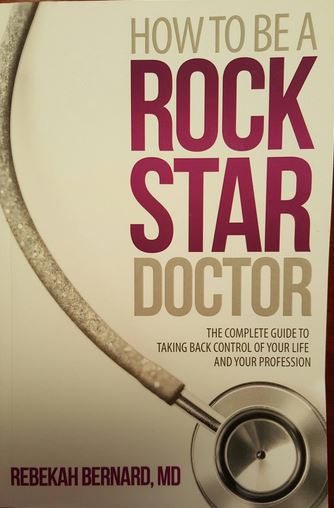May 6th, 2010 by PhilBaumannRN in Better Health Network, Health Policy, Opinion, Research
No Comments »


As the costs of sequencing our DNA shrink and the roles of digital media in our lives expand, we will need to understand who (or what) controls the ownership, access and use of our genomic information.
From state regulation to Google to Facebook, who controls the acquisition, transmission and replication of our genomic information and material will become an important battle in the 21st century. Read more »
*This blog post was originally published at Phil Baumann*
April 22nd, 2010 by Berci in Better Health Network, Research
No Comments »

I recently come across Scitable, a Nature Education initiative, that aims to bring together a library of scientific overviews with a worldwide community of scientists, researchers, teachers and students. From Scitable:
[Scitable is] a free science library and personal learning tool brought to you by Nature Publishing Group, the world’s leading publisher of science. Scitable currently concentrates on genetics, the study of evolution, variation, and the rich complexity of living organisms.
*This blog post was originally published at ScienceRoll*
April 13th, 2010 by David Kroll, Ph.D. in Better Health Network, Health Policy, News, Opinion, Research
No Comments »

[On April 8th] at the University of California at Los Angeles, a rally [was] planned to raise awareness about the value of responsible animal research and to denounce acts of terrorism toward animal researchers and their families. The highlight of the “Pro-Test” rally [was] the presentation to legislators and the media a petition with nearly 12,000 signatures of scientists who support the use of animals in research.
The rally and the petition drive [was] a joint effort of Americans for Medical Progress, Pro-Test for Science, and Speaking of Research.
I stand together with my colleagues who conduct animal research in honor of their application of knowledge to advance biology and relieve human suffering, all while a growing movement of animal rights activists up the ante from protests to attacks on researchers, destruction of homes by arson, and even the vandalism of graves of researchers’ loved ones. Read more »
*This blog post was originally published at Terra Sigillata*
April 1st, 2010 by RamonaBatesMD in Better Health Network, Health Tips, News, Opinion, Research
1 Comment »

I have written two posts in the past on proper disposal of unused medications, and I have always been mindful of the medicines as a source of environmental water pollution. This past week the American Chemical Society reminded (head-slapped me) that topical medications are a source of environmental water pollution from their active pharmaceutical ingredients (APIs). Yes, the simple act of bathing washes hormones, antibiotics, and other pharmaceuticals down the drain into the water supply.
Ilene Ruhoy, M.D., Ph.D. and colleague Christian Daughton, Ph.D. looked at potential alternative routes for the entry into the environment by way of bathing, showering, and laundering. These routes may be important for certain APIs found in medications that are applied topically to the skin — creams, lotions, ointments, gels, and skin patches. These APIs include steroids (such as cortisone and testosterone), acne medicine, antimicrobials, narcotics, and other substances. Read more »
*This blog post was originally published at Suture for a Living*















